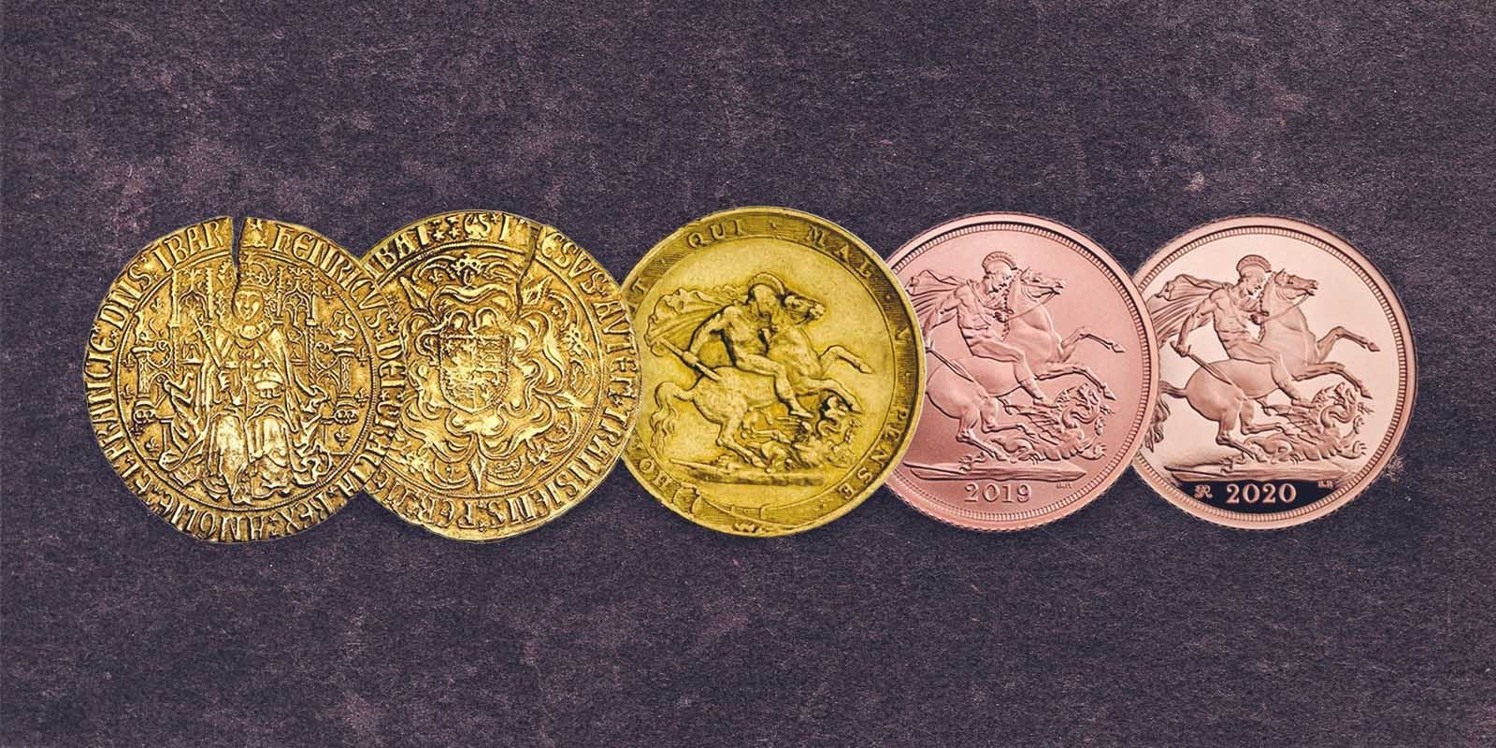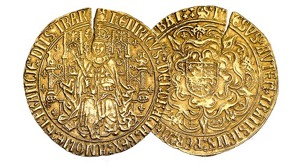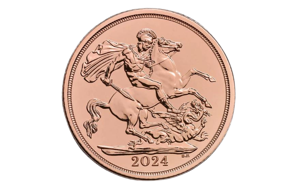Tavex uses cookies to ensure website functionality and improve your user experience. Collecting data from cookies helps us provide the best experience for you, keeps your account secure and allows us to personalise advert content. You can find out more in our cookie policy.
Please select what cookies you allow us to use
Cookies are small files of letters and digits downloaded and saved on your computer or another device (for instance, a mobile phone, a tablet) and saved in your browser while you visit a website. They can be used to track the pages you visit on the website, save the information you enter or remember your preferences such as language settings as long as you’re browsing the website.
| Cookie name | Cookie description | Cookie duration |
|---|---|---|
| tavex_cookie_consent | Stores cookie consent options selected | 60 weeks |
| tavex_customer | Tavex customer ID | 30 days |
| wp-wpml_current_language | Stores selected language | 1 day |
| AWSALB | AWS ALB sticky session cookie | 6 days |
| AWSALBCORS | AWS ALB sticky session cookie | 6 days |
| NO_CACHE | Used to disable page caching | 1 day |
| PHPSESSID | Identifier for PHP session | Session |
| latest_news | Helps to keep notifications relevant by storing the latest news shown | 29 days |
| latest_news_flash | Helps to keep notifications relevant by storing the latest news shown | 29 days |
| tavex_recently_viewed_products | List of recently viewed products | 1 day |
| tavex_compare_amount | Number of items in product comparison view | 1 day |
| Cookie name | Cookie description | Cookie duration |
|---|---|---|
| chart-widget-tab-*-*-* | Remembers last chart options (i.e currency, time period, etc) | 29 days |
| archive_layout | Stores selected product layout on category pages | 1 day |
| Cookie name | Cookie description | Cookie duration |
|---|---|---|
| cartstack.com-* | Used for tracking abandoned shopping carts | 1 year |
| _omappvp | Used by OptinMonster for determining new vs. returning visitors. Expires in 11 years | 11 years |
| _omappvs | Used by OptinMonster for determining when a new visitor becomes a returning visitor | Session |
| om* | Used by OptinMonster to track interactions with campaigns | Persistent |
| Cookie name | Cookie description | Cookie duration |
|---|---|---|
| _ga | Used to distinguish users | 2 years |
| _gid | Used to distinguish users | 24 hours |
| _ga_* | Used to persist session state | 2 years |
| _gac_* | Contains campaign related information | 90 days |
| _gat_gtag_* | Used to throttle request rate | 1 minute |
| _fbc | Facebook advertisement cookie | 2 years |
| _fbp | Facebook cookie for distinguishing unique users | 2 years |
The Story Behind the Iconic Sovereign Design

The gold sovereign is undoubtedly one of the most iconic and recognisable coins in the world. It’s rich history, enduring design, and intrinsic value make it a symbol of prestige and power. In this article, we delve into the fascinating story behind the sovereign’s design, from its inception to its modern-day representation.
The Birth of the Gold Sovereign

Origins in the 15th Century
The story of the gold sovereign begins in the late 15th century during the reign of King Henry VII of England.
In 1489, King Henry authorised the creation of a new gold coin with a face value of one pound, which was aptly named the sovereign
This coin was a significant departure from its predecessors, featuring a magnificent depiction of the King himself on horseback, striking a pose that exuded power and authority. This design was a testament to the importance of the coin and its role in asserting royal supremacy.
Symbol of Unification
The gold sovereign served as a symbol of unity during a tumultuous period in English history. The coin was first introduced during the Wars of the Roses, a series of civil wars between the rival houses of Lancaster and York. King Henry VII’s decision to mint the sovereign was a deliberate attempt to unite the warring factions under a single currency.
The coin’s design showcased the Tudor rose, a symbol of the union between the Lancastrians (represented by the red rose) and the Yorkists (represented by the white rose). This design choice was a powerful statement of reconciliation and consolidation of power.
Evolution of the Sovereign’s Design

Over the centuries, the design of the sovereign evolved in response to changing political and cultural influences. Each monarch added their own unique touch to the coin, creating a rich tapestry of designs that reflect the history of the British Empire and the English throne.
#1 The Tudor Sovereign
During the reign of Henry VIII, the sovereign design continued to feature the King on horseback. However, Henry VIII made subtle changes to the design, emphasising his own regal authority. The Tudor rose remained a prominent feature, symbolising the dynasty’s continued efforts to maintain unity and stability.
#2 The Hammered Sovereign
In the 17th century, the sovereign underwent a significant transformation. The introduction of the hammered coinage technique allowed for more intricate designs. The coin featured a striking image of St. George slaying the dragon on the reverse side. This iconic design endured for centuries and became synonymous with the sovereign.
#3 The Modern Sovereign
In the 19th century, the sovereign design received a makeover during the reign of Queen Victoria. The coin featured a new rendition of St. George and the dragon, with a more detailed and dynamic portrayal. This design became the template for future sovereigns, and it remains the basis for the modern sovereign design we know today.
The 2024 Sovereign

In the year 2024, the Royal Mint embarked on a journey to revitalise the beloved sovereign, a coin deeply entrenched in history and heritage. The task at hand was to craft a design that would not only pay homage to its storied past but also seamlessly blend with the aesthetics of the modern world.
The result was the birth of the contemporary sovereign, a masterpiece that artfully bridges the gap between tradition and modernity, featuring a timeless design.
The Timeless Elegance of St. George and the Dragon
At the heart of the contemporary sovereign’s design lies a portrayal of St. George and the dragon, a motif that has graced the coin for centuries. While the image remains faithful to its historical roots, it has been revitalised with meticulous attention to detail, bringing out the subtleties and nuances that make this depiction truly exceptional.
The gallant figure of St. George, poised and determined, represents the unwavering spirit of chivalry and bravery
His lance is raised high, ready to strike down the menacing dragon at his feet. The dragon, with its sinuous form and menacing visage, symbolises the adversities and challenges that have been conquered throughout history.
But what truly sets the contemporary sovereign apart is its ability to capture the essence of timelessness. The design transcends eras, resonating with both the nostalgia of history enthusiasts and the discerning tastes of modern collectors. It is a tribute to the enduring legacy of the sovereign, a coin that has stood the test of time.
The Modern Aesthetics
While preserving the cherished elements of the past, the contemporary sovereign also incorporates modern aesthetics that make it a work of art for the 21st century.
- The coin’s background features a subtle texture, adding depth and dimension to the design.
- The use of advanced minting techniques ensures that every intricate detail is crisply rendered, making each contemporary sovereign a true masterpiece.
- The obverse of the coin proudly bears the image of the reigning monarch, a reminder of the sovereign’s enduring relevance in the modern world.
This fusion of tradition and modernity makes the contemporary sovereign not only a collector’s item but also a symbol of continuity and stability in an ever-changing world.
Takeaways
The gold sovereign’s design is a testament to its historical significance and enduring appeal. From its origins as a symbol of unity during a turbulent period in English history to its modern representation, the sovereign has maintained its prestige and power in the United Kingdom.
Its design has evolved over the centuries, reflecting the changing times and the influence of various monarchs. In the present day, the sovereign bullion coin stands as a symbol of tradition, craftsmanship, and the enduring legacy of the British Empire.



















